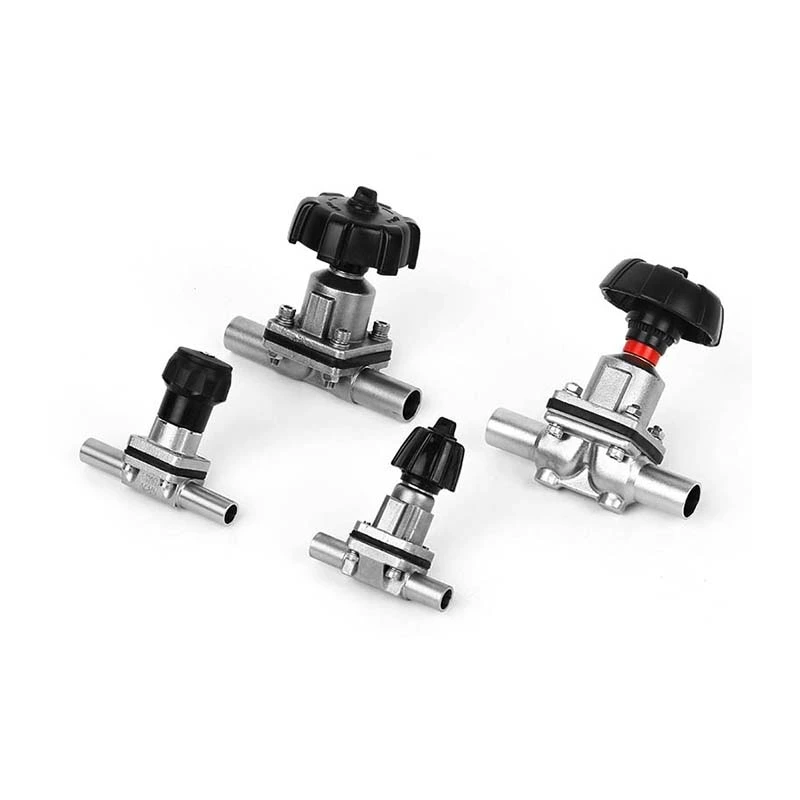When Choosing A Sanitary Multi-channel Diaphragm Valve, You Need To Consider These Factors!
Sanitary Diaphragm Valve is usually composed of valve body, valve cover, diaphragm and operating device. There are multiple channels inside the valve body, and the fluids in different channels are separated by diaphragms; the diaphragm is its key component, usually made of elastic materials such as rubber or fluororubber. The rise and fall of the diaphragm is controlled by the operating device, and the position of the diaphragm is changed by the action of pressure or force; when the diaphragm falls, the channel above the diaphragm opens, and the fluid can flow through the valve; when the diaphragm rises, the channel above the diaphragm is closed, preventing the fluid from passing. By controlling the rise and fall of the diaphragm, accurate control of the fluid flow can be achieved.
The multi-channel design can realize the control and isolation of multi-channel fluids, which is suitable for complex fluid control needs; it is made of sanitary materials, with a smooth and easy-to-clean surface, which meets the hygiene standards and is suitable for high hygiene requirements in the food, pharmaceutical and other industries; it is suitable for occasions that require high hygiene standards and complex fluid control. Its principle is simple and effective, and it is widely used in a variety of industrial fields.
When choosing a sanitary multi-channel diaphragm valve, you need to consider the following key factors:
1. Make sure that the material of the selected valve is suitable for your working medium. For example, EPDM is suitable for steam, while PTFE is suitable for water, alcohol, oil and fuel, etc.
2. Choose the appropriate connection method according to the design and needs of the system. Butt connection is a common method, but there may be different connection options.
3. Consider which industry the valve will be used in. Sanitary diaphragm valves are mainly used in the aseptic process section of the pharmaceutical, food and beverage industries, and can also be used for the treatment of ultra-pure media in the semiconductor and microelectronics fields, as well as in the field of fine chemicals.
4. Choose the appropriate valve size according to the size and flow requirements of the pipeline.
5. Make sure that the selected valve can withstand the operating temperature and pressure of the system.
6. Choose manual, pneumatic or electric control methods according to the degree of automation and operating habits.
7. Consider the convenience of valve maintenance and cleaning. Sanitary valves usually need to be easy to disassemble and clean to maintain a sterile environment.
8. Make sure that the selected valve meets industry standards and certification requirements, such as FDA certification, USP Class VI, etc.
9. Under the premise of meeting technical requirements, compare the quotations of different suppliers and choose products with high cost performance.
